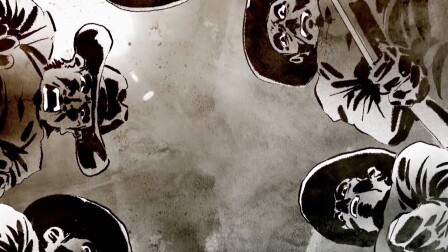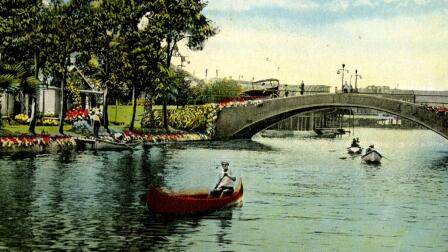Back to Show
Lost LA
Hanging Trees: The Untold Story of Lynching in California
What do Southern California’s hanging trees say about the region’s attitudes toward its bloody past? Some actual hanging trees survive, albeit in obscurity, like the oak in Orange County where Andres Pico’s posse hung two desperadoes from Juan Flores’ gang. But others of more dubious historicity, like the “Hangman’s Tree” in Knott’s Berry Farm, seem to romanticize a period marked by great violence and ethnic strife; Los Angeles’ homicide rate of 1,240 per 100,000 in the 1850s is the highest ever reported in U.S. history, and much of the violence had racial dimensions. How can we separate the history from the legend?
Support Provided By
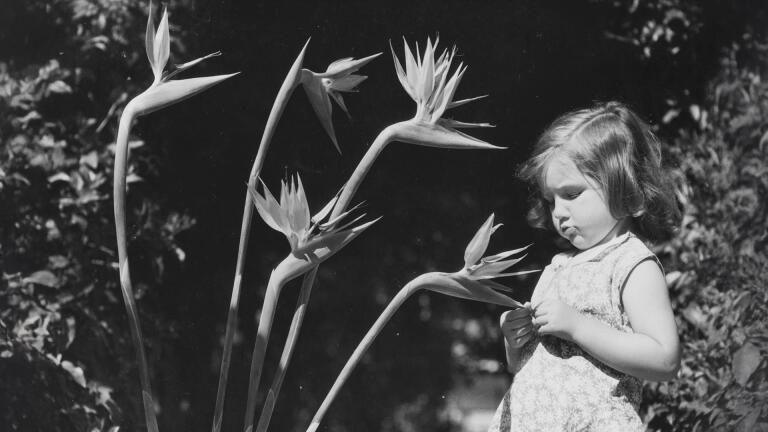
26:29
From wildflowers to jacarandas, explore the plants that paint California in vibrant hues.

26:40
Discover how the True Crime genre was shaped by its deep historic legacy in Los Angeles.

26:43
Uncover the origins of the sci-fi genre and its unique connection to historic Los Angeles.

27:10
Auto racing's LA roots, from dry lake beds to movie ranches, left tread marks across the region.

27:05
Trace the devastation of the 1928 St. Francis Dam collapse and its deadly flood.

26:40
How Cold War vigilance and secrecy shaped Southern California culture.

26:39
The Space Shuttle Endeavour’s journey is traced from its origins.

26:40
Tiki culture isn’t a Polynesian import — it’s a Hollywood creation.

26:49
Archives reveal the “forgotten plague” that shaped Southern California: tuberculosis.
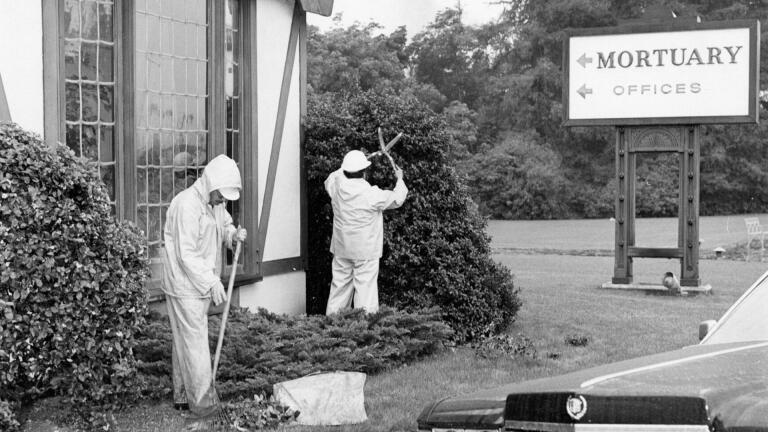
26:50
Visit Hollywood Forever, Evergreen and Forest Lawn, where L.A. reinvented the cemetery.
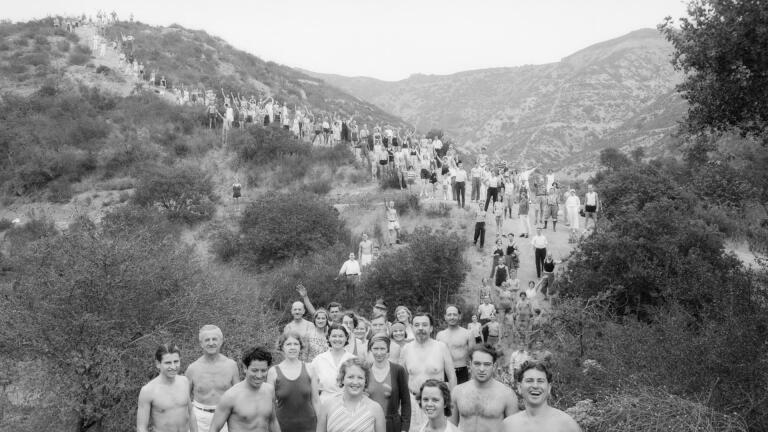
26:40
The hiker-activists who led Angelenos into their hills and onto the trails.

